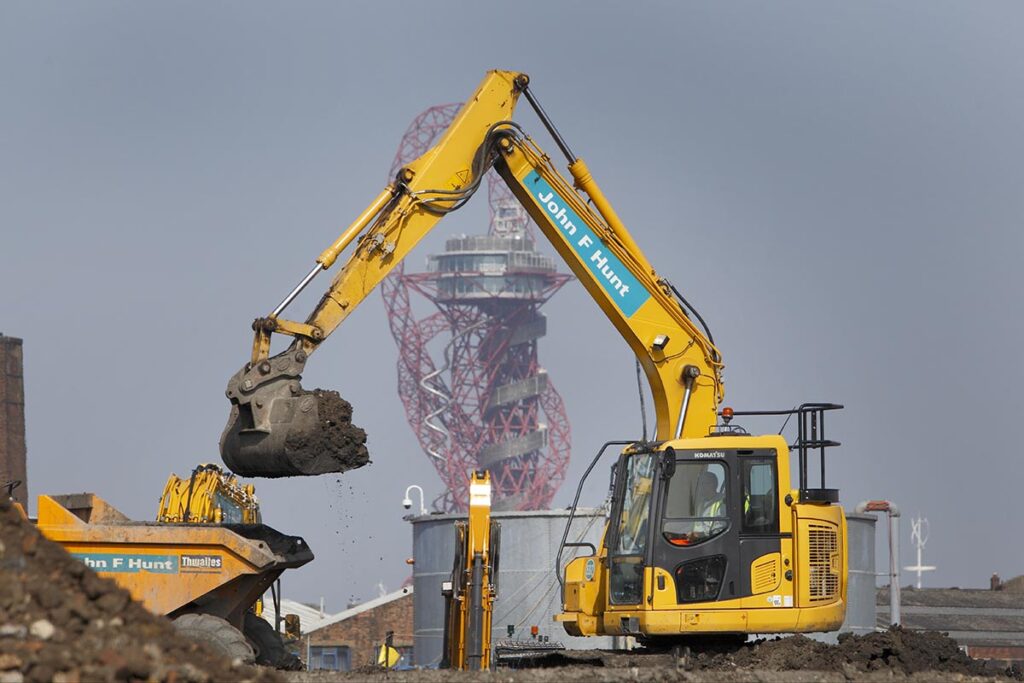Land remediation, a critical component of sustainable development, is a process that involves the removal of contaminants from soil, groundwater, or surface water, typically from industrial legacy sites. It’s an essential practice that not only aids in the conservation of our natural resources but also contributes to the overall health and safety of human communities. The process of land remediation, however, isn’t without its challenges, and it is through understanding these challenges that we can better appreciate the rewards and potential that land remediation holds.
The Challenges of Land Remediation
The process of land remediation services isn’t a one-size-fits-all solution. The complexity lies in the broad range of pollutants that need to be addressed, each requiring a unique approach for effective removal. Asbestos in soils, for example, is a particularly challenging contaminant to remediate due to its hazardous health implications and the stringent regulations governing its handling and disposal. Any site constructed between 1940 and 1990 and subsequently demolished is likely to have asbestos fibres contained in the soil, so the issue is widespread and challenging to manage both in terms of safety and cost.
Mineral oil and grease products, for example, present challenges in land remediation due to their persistence, mobility, and potential for carrying other contaminants, leading to prolonged environmental impacts and increased toxicity. The risk of secondary pollution from improper handling or disposal, along with the need for strict regulatory compliance, adds complexity to remediation efforts. Moreover, the high cost associated with these products and public concerns about their environmental and health implications further complicate their use.

Case Study: Successful Land Remediation Project
Let’s look at a successful project which demonstrates both the risks and rewards of land remediation and to better comprehend these challenges. John F Hunt Regeneration acted as Principal Contractor on a large regeneration project in Stratford, London. The site had previously accommodated heavy industrial usage. Their legacy comprises underground storage tanks, pipelines, ducts, pits and soakaways, in addition to a residual process plant associated with a former oil terminal, printing ink and tar works. Significant pollution issues were present, including dense non-aqueous phase liquids in the form of coal tar in soils, heavy and light hydrocarbons, solvents and creosote in the underlying gravels.
The project team faced the daunting task of not just removing the pollutants but ensuring that the process didn’t further harm the environment, as the site was bounded by the River Lee and the Grand Union Canal. The solution involved a combination of physical, chemical, and biological methods, each tailored to address a specific component of the contamination problem.
Despite these challenges, the project was a success, resulting in significant environmental betterment, in addition to unlocking a complex brownfield site for future development experience underscores the fact that while land remediation is a complex task, it isn’t an impossible one. With the right approach, even the most daunting of challenges can be overcome.

The Rewards of Land Remediation
The rewards of land remediation are manifold, extending beyond environmental benefit. On the environmental front, effective remediation contributes to the restoration of ecosystems, promoting biodiversity and supporting the sustainability of our natural resources. It also enhances the quality of life for communities, providing cleaner air, water, and soil.
The economic potential of land remediation is another significant reward. The UK remediation sector is projected to reach a staggering £10.5bn by 2027, based on the compound annual growth rate (CAGR) of 3.2%. This growth not only signifies the increasing demand for remediation services but also points to the economic opportunities it presents, from job creation to the possibility of repurposing remediated land for productive use.

The Future of Land Remediation
Looking ahead, the future of land remediation is promising. As the world continues to grapple with environmental challenges, the need for effective remediation solutions becomes more critical. Innovations in technology and methodology are expected to drive improvements in remediation efficiency and effectiveness. Getting the balance right between achieving remediation target values and sustainability is something we in the industry are currently grappling with – remediation and large earthworks use large amounts of power and fuel. Continuous research and development are necessary to ensure these advancements are sustainable and environmentally friendly.
The potential for growth in the environmental remediation market underscores the economic opportunities that land remediation holds. However, the true value lies in its contribution to sustainable development. By restoring the health of our environment, land remediation plays a pivotal role in ensuring a sustainable future for generations to come.
Conclusion
To conclude the risks and rewards that come with Land remediation we have learnt that land remediation is crucial for sustainable land development, offering both economic and social benefits. By transforming brownfield sites into usable land, we not only safeguard our environment but also enhance community well-being and contribute to economic growth. This process requires ongoing innovation, adaptation, and collaborative efforts to address the challenges involved. Successfully remediating land supports the sustainability of our planet by preserving natural resources and promoting healthy communities.